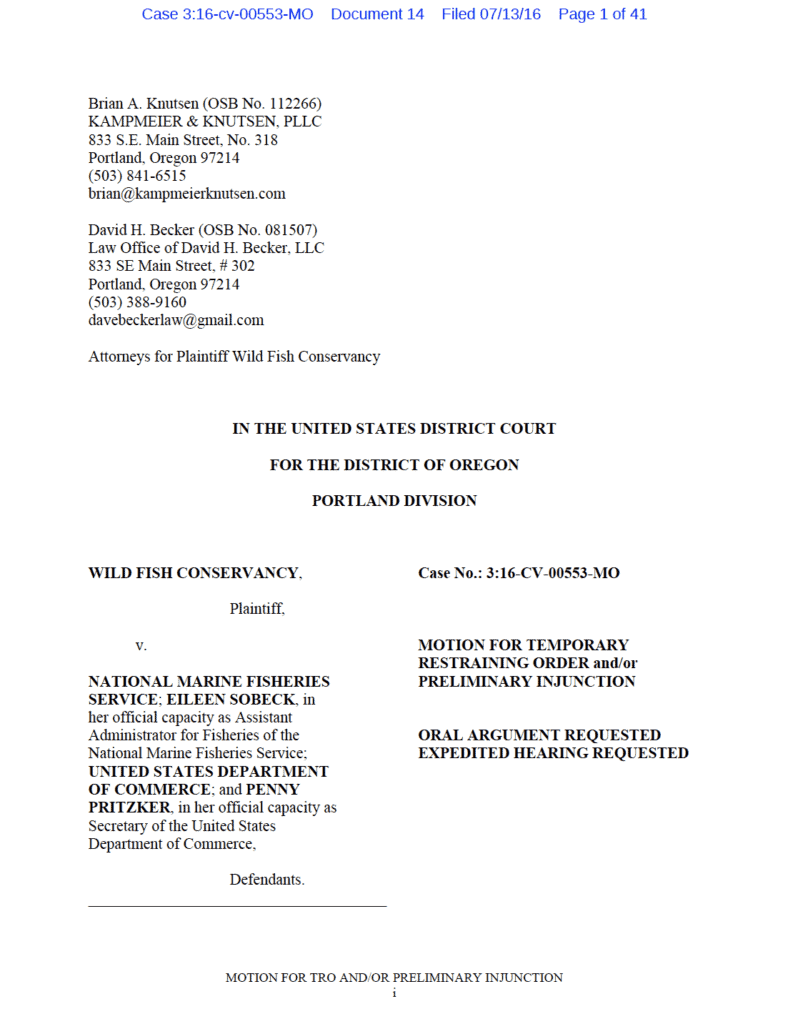
Description |
|---|
Congress enacted the Mitchell Act in 1938, in an effort to mitigate adverse effects to wild salmon in the Columbia River Basin resulting from the construction of dams, water diversions, logging, and pollution. NMFS distributes funds appropriated under the Mitchell Act that Congress has allocated to hatchery programs. In the past six years, NMFS has disbursed between $13.7 and $22.7 million each year to fund 63 hatchery programs that release more than 50 million hatchery fish into the Columbia River and its tributaries annually. Over 80% of the fish in the Columbia River basin are of hatchery origin. These hatchery fish, bred in artificial conditions, are less fit to reproduce than the few remaining wild fish. But when the hatchery fish spawn with the wild fish, they reduce the fitness of wild fish, and put the recovery of the LCR fish species in jeopardy. A congressionally-chartered scientific review in 2009 identified harm to wild populations when more than 5% of the fish spawning with wild populations are of hatchery origin. NMFS has explained that it supports the standard that hatchery stray rates should be managed such that less than 5 percent of the naturally spawning population consists of hatchery fish from a different area. Today, the levels of hatchery fish in the Lower Columbia River exceed 80% and 90% for many wild populations, making their extinction almost certain. |
File Attachment |
|---|
Download |
Join our mailing list to recieve important updates on our work, the latest wild fish news, & opportunities to take action to support wild fish.
This site is protected by reCAPTCHA and the Google Privacy Policy and Terms of Service apply.
Wild Fish Conservancy is recognized as a 501(c)3 non-profit by the IRS